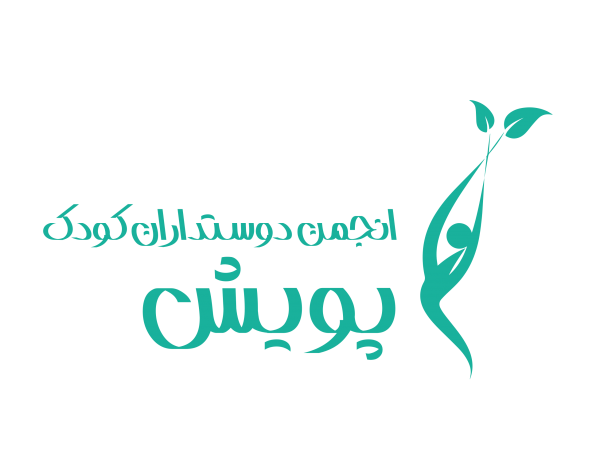
The Law on the Protection of Children and Adolescents was finally approved by the Islamic Consultative Assembly on May 13 of this year, 11 years after the first bill was submitted to the Assembly, and was approved by the Guardian Council on the 31st of the same month.
Although cunctation, negligence and in some cases posing obstacles in passing this law deserves criticism, but it is better that our emphasis and attention focus on the capacities and effectiveness of the current law.
The important fact is that crimes against children and adolescents, along with crimes against women have had the highest numbers (According to the statistics of the occurred crime, which wasn’t reported and prosecuted), due to legal restrictions and we hope that, with the implementation of this law, an effective step will have taken to improve this situation.
In order to have a brief and general understanding of the approvals of this law, some of its positive and negative points are discussed below:
The positive points of this law include the following:
- The law enforcement duties are divided and explained separately between the relevant agencies such as the Welfare Organization, the police, the Prisons and Security and Training Organization, the Ministries of the Interior, Labor and Social Welfare, Health and Education, and etc., which shows that the legislator has paid attention to various aspects of children’s rights.
- All crimes covered by this article are unforgivable, so even the parents of the child can’t forgive the crimes committed against children and adolescents if they do not commit the crime themselves.
- All children in Iran, regardless of nationality (Iranian and non-Iranian) are covered by this law.
- Pay attention to the right of children and adolescents to education and appointing the Ministry of Education as the responsible institute for following up the cases of dropping out of school and ….;
- Pay attention to working children and criminalizing child exploitation, as well as paying attention to cases of sexual harassment.
Despite the benefits that have been mentioned, there are still some legal gaps in our legislative system in the field of child rights, some of them are mentioned below:
- In this law, the legislator is silent about the important issue of child marriage, and it seems that because the Guardian Council’s protection of jurisprudential rules, one shouldn’t expect the development of laws in this area.
- On the other hand, the legislator doesn’t grant child-friendly association more than what they had in Article 66 of the Code of Criminal Procedure and just gives the judge unilateral authority to invite a representative of these organizations in court if necessary.
The final point is that, from the enactment of laws to its transformation into a visible norm in the general public, a path must be taken that the length of it is determined in terms of factors such as public awareness and their demands. That is why civil society, non-governmental organizations and all child rights activists can play an important role in shortening this path.
We hope to see the increasing respect for children’s rights in our society with the help of public institutions and relevant officials.
Written by: Morteza Shojaei, member of the editorial board of “Pooyesh Child friendly Association.”
